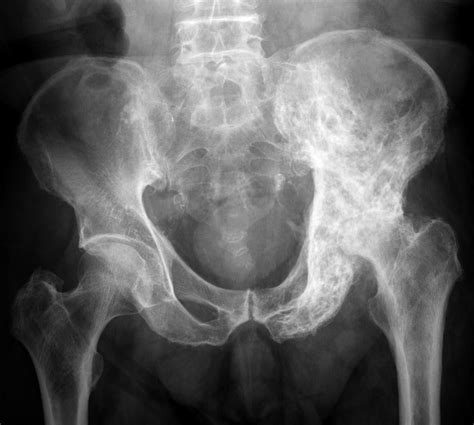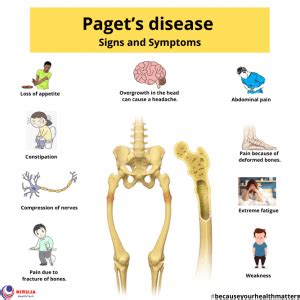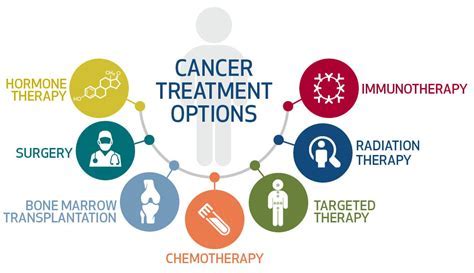Intro
Discover how Pagets disease affects breasts in 5 significant ways, including nipple discharge, breast lumps, and skin changes, impacting breast health and potentially leading to breast cancer, mastectomy, or other serious conditions.
Paget's disease of the breast, also known as Paget's disease of the nipple, is a rare form of breast cancer that primarily affects the skin of the nipple and, sometimes, the areola. It is characterized by the presence of Paget cells, which are cancer cells that are typically found in the ducts of the breast. These cells can migrate through the milk ducts and onto the surface of the nipple, causing a variety of symptoms and changes. Understanding how Paget's disease affects the breast is crucial for early detection and effective treatment. In this article, we will delve into the ways Paget's disease can impact the breast, exploring its symptoms, diagnosis, treatment options, and more.
The importance of recognizing Paget's disease lies in its potential to be a sign of an underlying breast cancer. Not all cases of Paget's disease are associated with an underlying tumor, but a significant proportion are, making it essential for individuals to be aware of any changes in their breasts. Early detection and treatment can significantly improve outcomes for those affected by this condition. Furthermore, understanding the nuances of Paget's disease can help reduce anxiety and fear, empowering individuals to take proactive steps in their breast health.
The impact of Paget's disease on the breast is multifaceted, affecting not only the physical health of the individual but also their emotional and psychological well-being. The disease can cause significant changes to the appearance of the nipple and areola, lead to discomfort and pain, and result in emotional distress due to its association with cancer. It is vital, therefore, to approach the topic with sensitivity and to provide comprehensive information that addresses all aspects of the disease.
Introduction to Paget's Disease

Paget's disease of the breast is a rare condition, accounting for approximately 1-4% of all breast cancers. It typically affects women, although there have been cases reported in men. The disease is often associated with an underlying ductal breast cancer, either in situ (contained within the milk ducts) or invasive (spread beyond the ducts). The presence of Paget cells on the nipple surface is a key diagnostic feature, and these cells can be identified through a biopsy.
Causes and Risk Factors
The exact cause of Paget's disease is not fully understood, but it is believed to originate from the ductal cells within the breast. Risk factors for developing Paget's disease include a history of breast cancer, family history of breast cancer, and genetic mutations such as BRCA1 and BRCA2. Additionally, factors that increase the risk of breast cancer in general, such as age, radiation exposure, and certain benign breast conditions, may also play a role in the development of Paget's disease.Symptoms of Paget's Disease

The symptoms of Paget's disease can vary but typically include changes to the nipple and areola. These changes may be subtle at first and can easily be mistaken for benign conditions such as eczema or dermatitis. Common symptoms include:
- Itching or burning sensation in the nipple and areola
- Redness and rash on the nipple and areola
- Flaking, scaling, or crusting on the nipple
- Discharge from the nipple
- Inversion or retraction of the nipple
- A lump or mass in the breast
Diagnosis and Staging
Diagnosing Paget's disease involves a combination of clinical examination, imaging tests, and biopsy. A dermatologist or breast specialist may perform a physical examination and take a thorough medical history. Imaging tests such as mammography, ultrasound, and MRI may be used to evaluate the breast tissue for any underlying tumors. A biopsy, which involves removing a small sample of tissue from the affected area for examination under a microscope, is the definitive diagnostic tool for confirming the presence of Paget cells.Treatment Options for Paget's Disease

Treatment for Paget's disease depends on the extent of the disease and whether an underlying breast cancer is present. For cases without an associated tumor, surgery to remove the nipple-areolar complex and a portion of the underlying breast tissue may be sufficient. When an underlying cancer is found, treatment may involve a combination of surgery, radiation therapy, chemotherapy, and hormone therapy, depending on the type and stage of the cancer.
Types of Surgery
Surgery is a primary treatment for Paget's disease, aiming to remove the cancerous cells and prevent recurrence. Types of surgery include: - Central lumpectomy: Removal of the nipple-areolar complex and a portion of the breast tissue underneath. - Mastectomy: Removal of the entire breast, which may be necessary if the disease is widespread or if an underlying invasive cancer is found. - Sentinel lymph node biopsy: Removal of the first lymph node (or nodes) in the armpit to which cancer cells are likely to spread, to check for cancer spread.Living with Paget's Disease

Living with Paget's disease requires a comprehensive approach that addresses physical, emotional, and psychological aspects. Support from family, friends, and healthcare professionals is crucial. Joining a support group or seeking counseling can help individuals cope with the diagnosis and treatment process. Maintaining a healthy lifestyle, including a balanced diet, regular exercise, and stress management, can also contribute to overall well-being.
Coping with Emotional Challenges
The emotional impact of a Paget's disease diagnosis should not be underestimated. Feelings of fear, anxiety, and sadness are common. Coping strategies may include: - Keeping a journal to express feelings - Practicing relaxation techniques such as meditation or deep breathing - Engaging in activities that bring joy and fulfillment - Seeking professional help when neededPrevention and Early Detection

While there is no proven way to prevent Paget's disease, early detection is key to effective treatment and improved outcomes. Regular breast self-exams, annual clinical breast exams, and mammography as recommended by healthcare guidelines can help in the early detection of breast changes. Being aware of the symptoms of Paget's disease and seeking medical attention if any unusual changes are noticed can lead to earlier diagnosis and treatment.
Importance of Breast Awareness
Breast awareness is critical for the early detection of Paget's disease and other breast conditions. This involves being familiar with the normal look and feel of one's breasts and reporting any changes to a healthcare provider. Changes to be aware of include: - New lumps or thickening - Changes in the size or shape of the breast - Dimpling or puckering of the skin - Redness or rash - Discharge or bleeding from the nippleFuture Perspectives and Research

Research into Paget's disease and breast cancer continues to evolve, with a focus on improving diagnostic techniques, developing more targeted and effective treatments, and enhancing patient outcomes. Advances in genetic research may also provide insights into the causes of Paget's disease and help in the development of preventative measures. Clinical trials are ongoing to explore new therapies and treatment combinations that can offer better results for patients.
Role of Genetic Research
Genetic research plays a significant role in understanding the predisposition to Paget's disease and other forms of breast cancer. Identifying genetic mutations associated with an increased risk can help in the early detection and prevention of the disease. Genetic counseling and testing can provide individuals with information about their risk and guide decision-making regarding preventive measures and screening strategies.What are the common symptoms of Paget's disease of the breast?
+The common symptoms include itching or burning sensation in the nipple and areola, redness and rash, flaking or crusting, discharge, and inversion or retraction of the nipple.
How is Paget's disease diagnosed?
+Diagnosis involves clinical examination, imaging tests such as mammography and ultrasound, and a biopsy to confirm the presence of Paget cells.
What are the treatment options for Paget's disease?
+Treatment options include surgery to remove the affected tissue, radiation therapy, chemotherapy, and hormone therapy, depending on the presence and type of underlying breast cancer.
In conclusion, Paget's disease of the breast is a complex condition that requires comprehensive management and support. By understanding its symptoms, diagnosis, treatment options, and impact on individuals, we can work towards improving outcomes and enhancing the quality of life for those affected. If you or someone you know is dealing with Paget's disease, it's essential to stay informed, seek support, and advocate for the best possible care. We invite you to share your experiences, ask questions, and engage in discussions about Paget's disease and breast health in the comments section below. Together, we can raise awareness and promote a better understanding of this condition.
